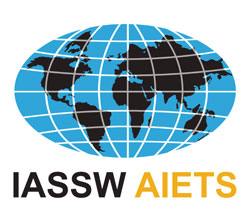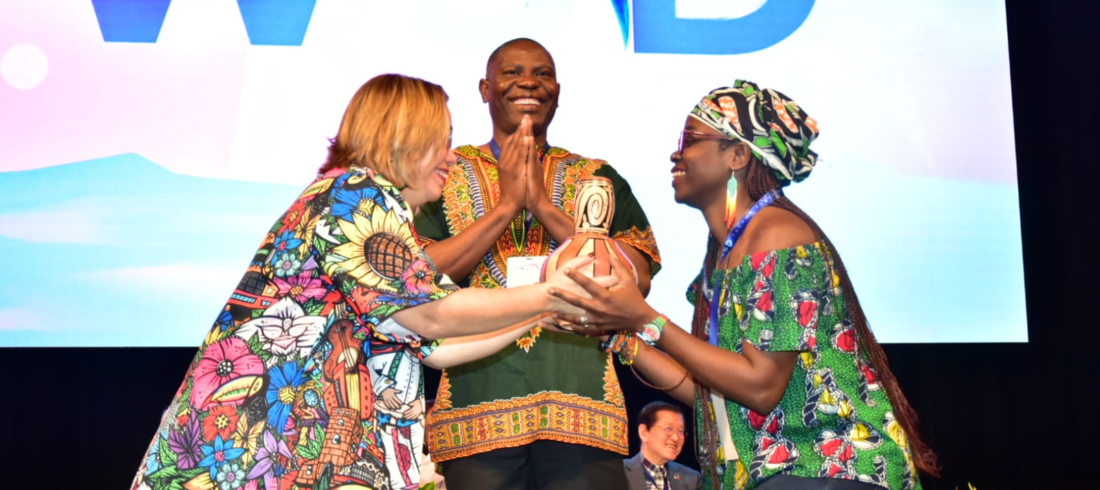How we hold emotional connection during a time of social distance online in Advanced Clinical Social Work Practice with Groups
Prepared by:
Dr. Heidi Heft LaPorte, Associate Professor, Barry University School of Social Work
In our sudden shift from face to face to an online course, Advanced Clinical Social Work Practice with Groups, the class began with our regular check-in, but instead of sitting in a circle, students looked at one another’s faces, visible in a grid. Each individual shared their coping strategies and concerns related to the sudden changes as a result of COVID-19. A mutual aid process began, and commonalities emerged.
Many students shared disappointment and anxiety around uncertainty at school, their field placements, loss of income, delay in graduation, health concerns, worries about children, parents, siblings, and clients. Students also mentioned feeling lonely and bored. Students also shared the importance of creating structure during this time, reaching out to friends and family, and keeping up with self-care. Some students verbalized that it was helpful to hear how other people were coping. I used my training in expressive arts using the five stages of the intermodal expressive arts process. This includes checking in, entering into metaphor, engaging in an intermodal expressive arts sequence, witnessing, and reflection about the process. http://www.expressiveartsflorida.com/
I asked the class to engage in an experiment with me. I modeled hugging myself and invited the students to do the same while looking at the face of one classmate with whom they had a particularly close connection. I asked them to imagine that they were also receiving a hug. I hypothesized that students would feel a release of oxytocin from their own hug and their ability to imagine it was being delivered by someone else. I observed a change in their faces after approximately ten seconds, smiles, and at 20 seconds, everyone was giggling. Students typed in how they felt after 20 seconds. They entered words such as “safe,” “comforted,” “much better,” “calm,” “close,” “relieved,” “peaceful,” and the like. I will take that as anecdotal confirmation.
We engaged in an expressive arts activity, similar to soul collage (Frost, 2010). Students ripped out magazine pages with images reflecting their feelings at the moment, carefully cutting and gluing the pictures onto paper. We then held them up and silently honored each image as though we were walking through a silent art gallery.
Students then responded to the following writing prompt from the voice of their image: “My name is … and I am here to tell you …” and wrote for 5-7 minutes, followed by briefly sharing a sentence or two out loud. The rest of the class held the space for one another, and we then processed the experience and discussed how it might be useful in social work practice with clients across methods, fields of practice, and populations.
One student commented: “This whole epidemic is allowing us to learn how to use our social work skills in unconventional ways. The activity not only relaxed me, but it also made me aware of how I was feeling regarding the epidemic. Verbally reciting words are not the only way of expression. This activity allowed me to find and safely express my feelings.”
Reference:
Frost, S. (2010). Soulcollage Evolving: An Intuitive Collage Process for Self-Discovery and Community Santa Cruz, CA: Hanford Mean Publishers.






